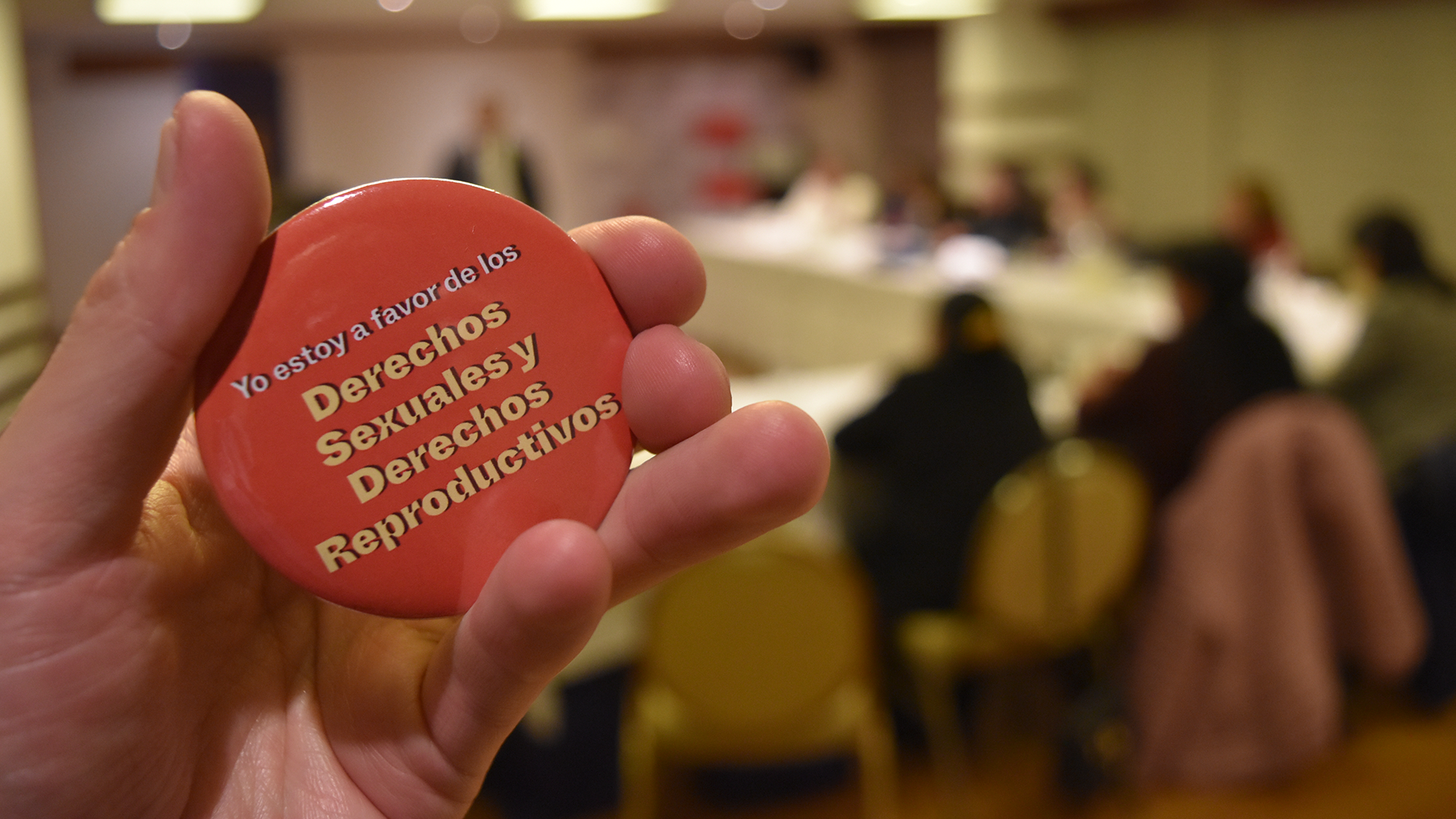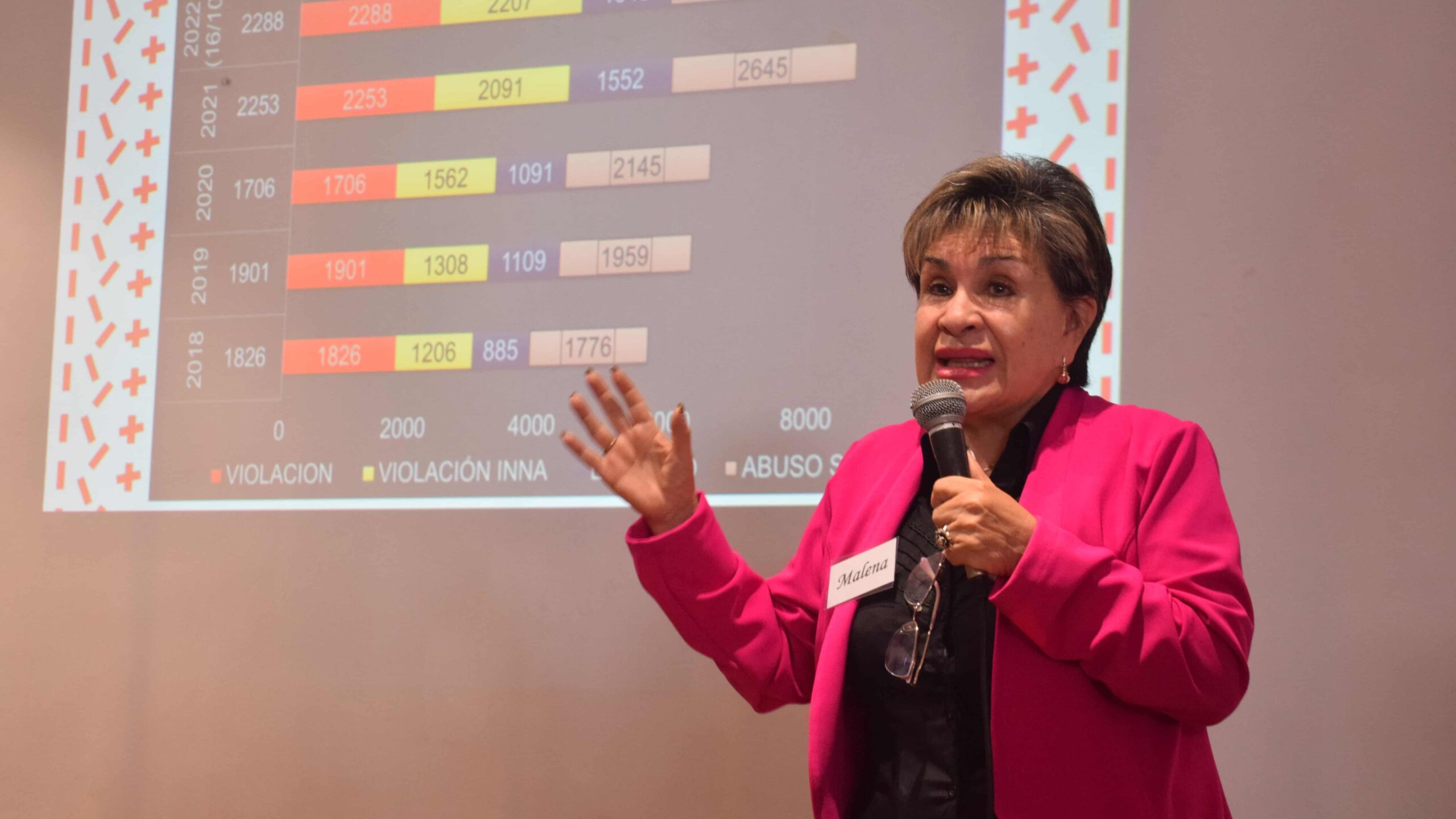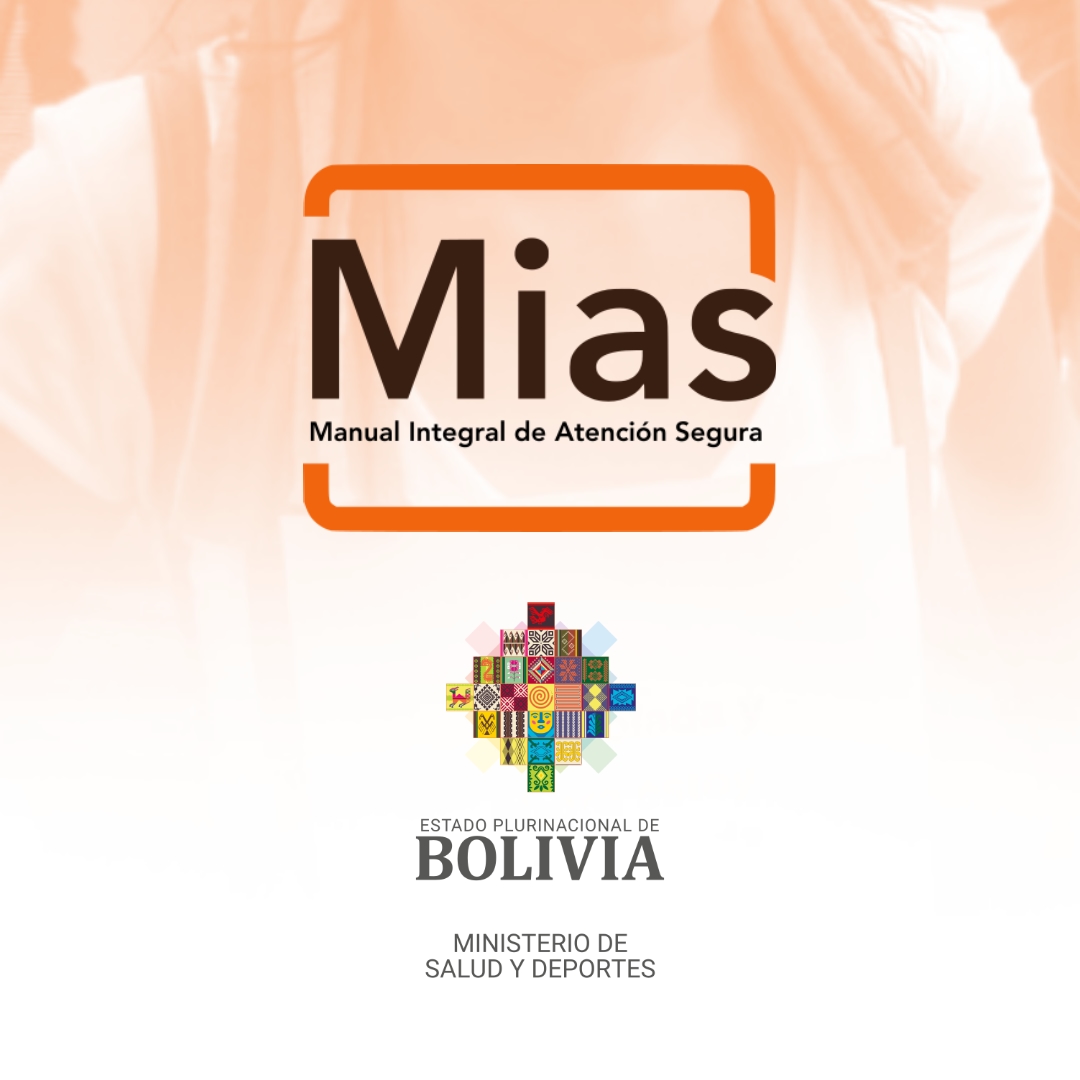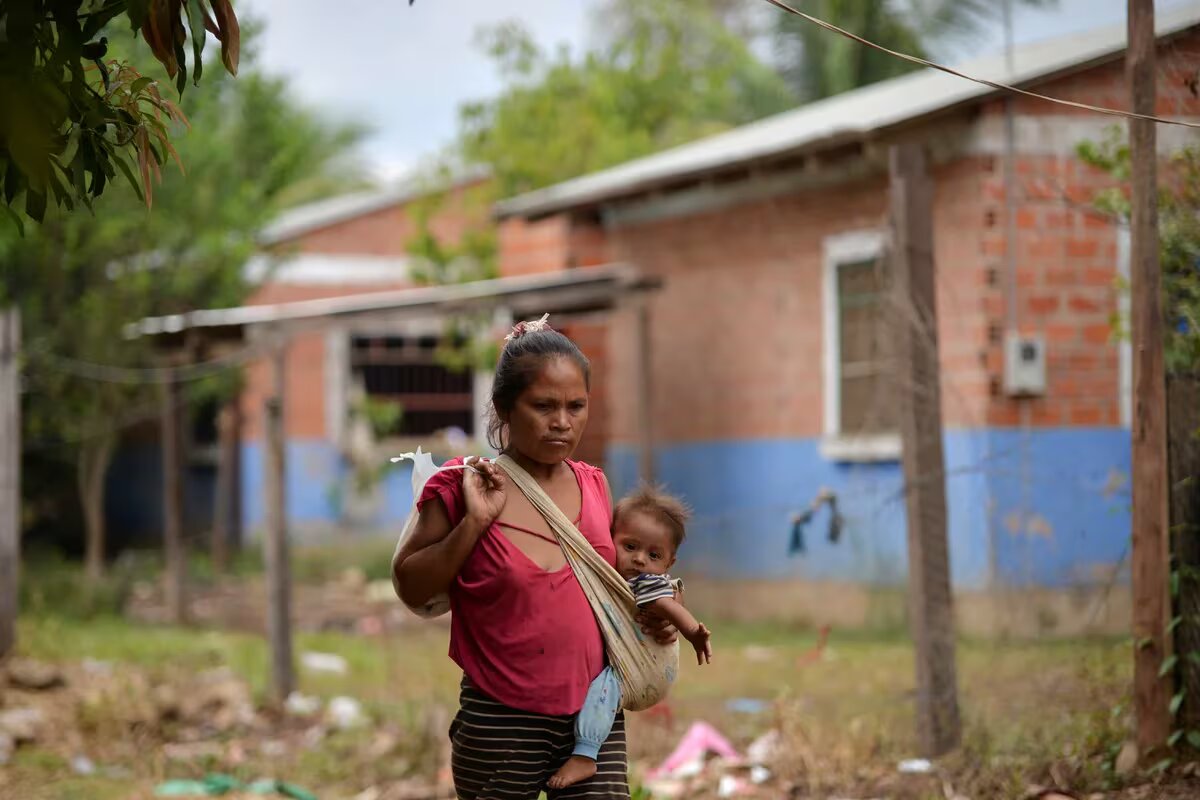In the 1970’s, women in Bolivia had an average of 7.5 children and today this figure has dropped to 2.1, according to information provided yesterday by the director of the National Institute of Statistics (INE), Humberto Arandia, during the presentation of the Population and Housing Census data.
Arandia referred to intercensal data from the Demographic and Health Survey that show that fertility has been declining over the years: in the 1980s the average was 5 children, in the 1990s it was 3.5 children and in 2023 women had an average of only 2.1 children, which indicates that the population -especially women- exercise more and more control over their reproductive life.
Based on these data, the INE director explained that Bolivia is approaching the “population replacement rate”, that is to say that the children born only cover the parents, with which the population growth rate decreases. “In this context the growth projections were higher, 350,000 more, than those actually observed through birth certificates,” he reported.
Fertility data coincide with the global trend. According to historical data published in Statista, in all continents -except Africa- the fertility rate begins to decline between the 1960s and 1970s, and its decline is sustained. In Africa, the decline in fertility began in the 1980s.
According to experts, falling fertility rates may have profound implications for the future of global demographics, economic growth, the social structure of nations, and pension and care policies for the aging population. According to the United Nations Population Fund, Latin America’s populations are projected to continue to increase, but to peak before the year 2100.
Divorces and fertility
Preliminary census data were presented on Thursday, which set Bolivia’s total population at 11.3 million, below the expected figure. The complete information will not be known until April 2025.
However, Arandia provided additional data to those expected during his presentation. He indicated that women are having children at an increasingly older age, bordering on 30 years old, according to the last census.
He also revealed that the pandemic had an impact on the demographic composition of the country beyond the mortality rate. “It increased the divorce rate, reduced the fertility rate and increased the cohabitation rate, reducing the number of marriages,” he explained.
Controversy over census data
Population figures in Bolivia are relevant to determine the political representation of the regions in the Plurinational Legislative Assembly and for the allocation of tax co-participation resources. In this sense, the larger the population, the more resources the departments receive and the more deputies they elect.
The data presented yesterday generated rejection in several sectors, especially in Santa Cruz and El Alto, because they do not coincide with the projections that had been made nor with the generalized expectation of internal migration.
Political actors and regional authorities expressed their distrust of the data and asked INE to make the information from the census process transparent so that a technical review of the figures can be carried out.
The population in Bolivia is set at 11.3 million (one million less than projected) and Santa Cruz is consolidated as the most populated department of the country, with 3.1 million inhabitants. Political analyst Carlos Saavedra, argues that in order to legitimize these data, what is needed is to allow a technical review in which all regions can resolve their doubts.















